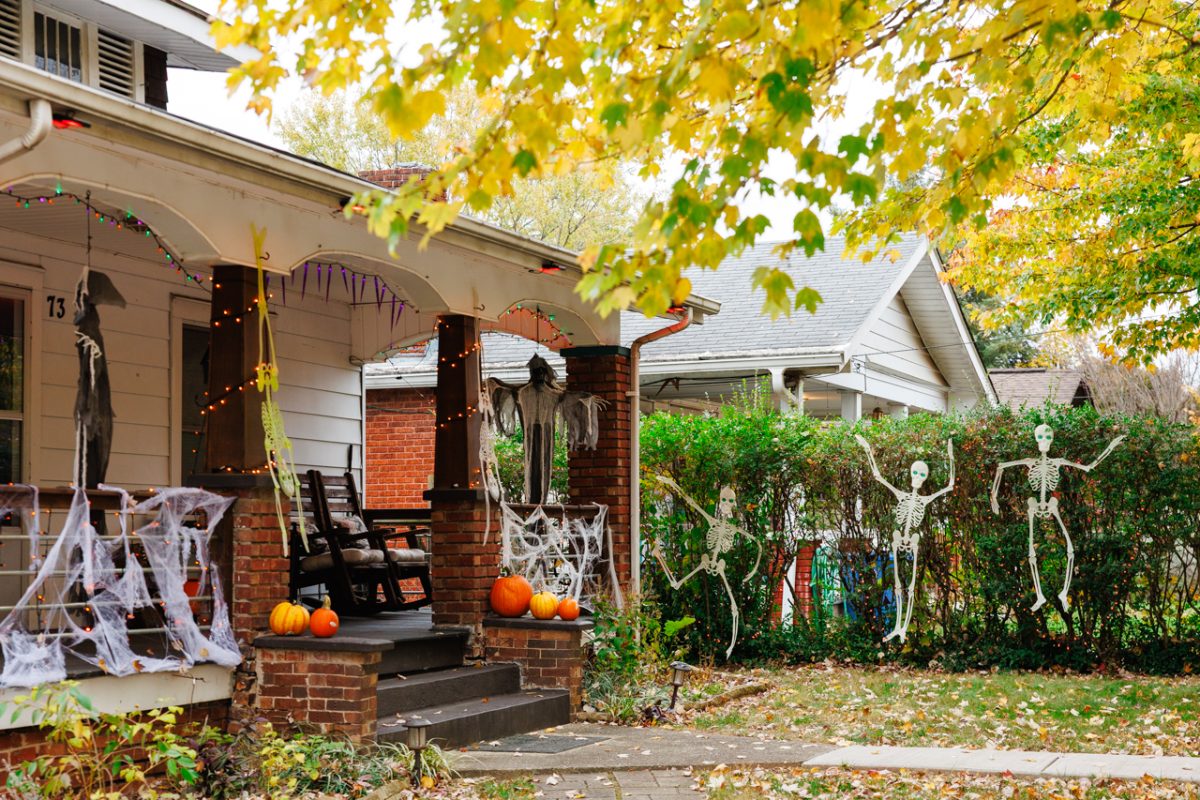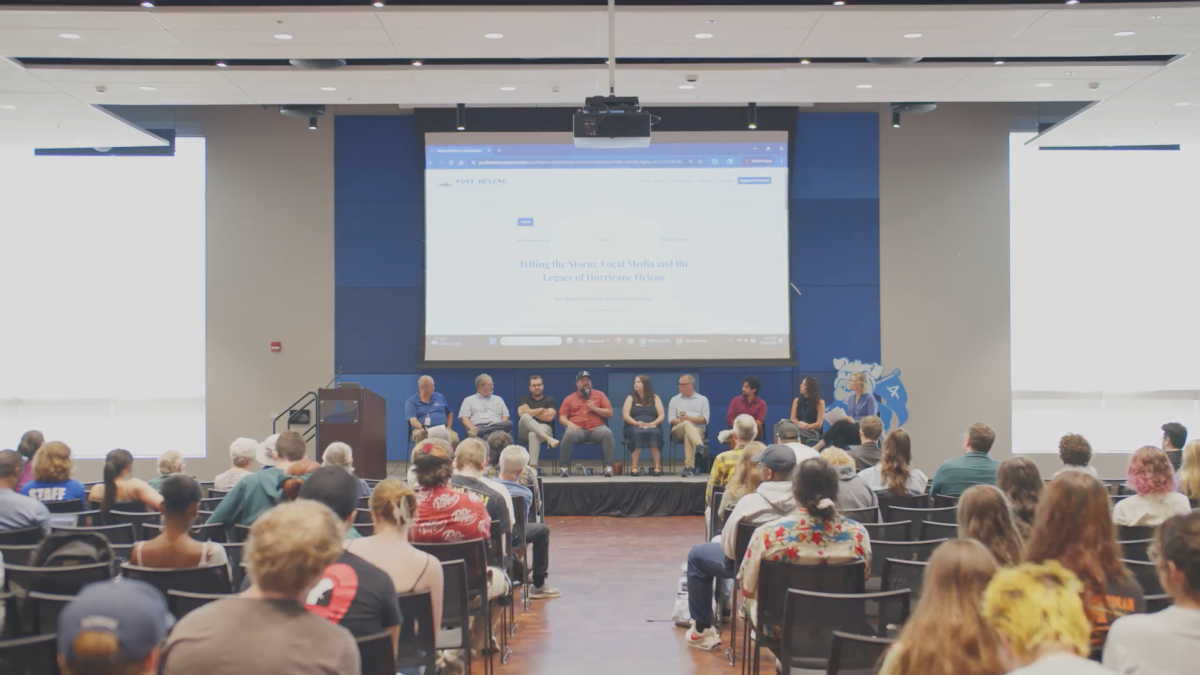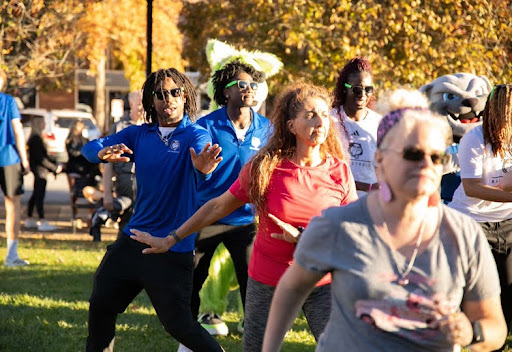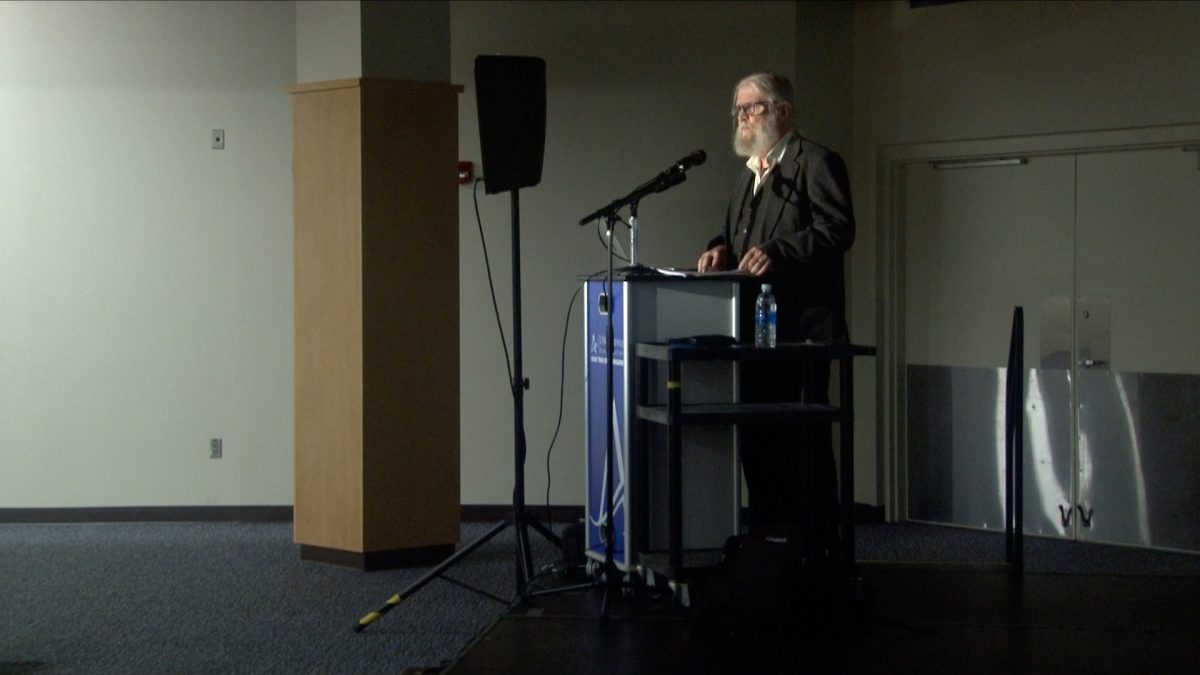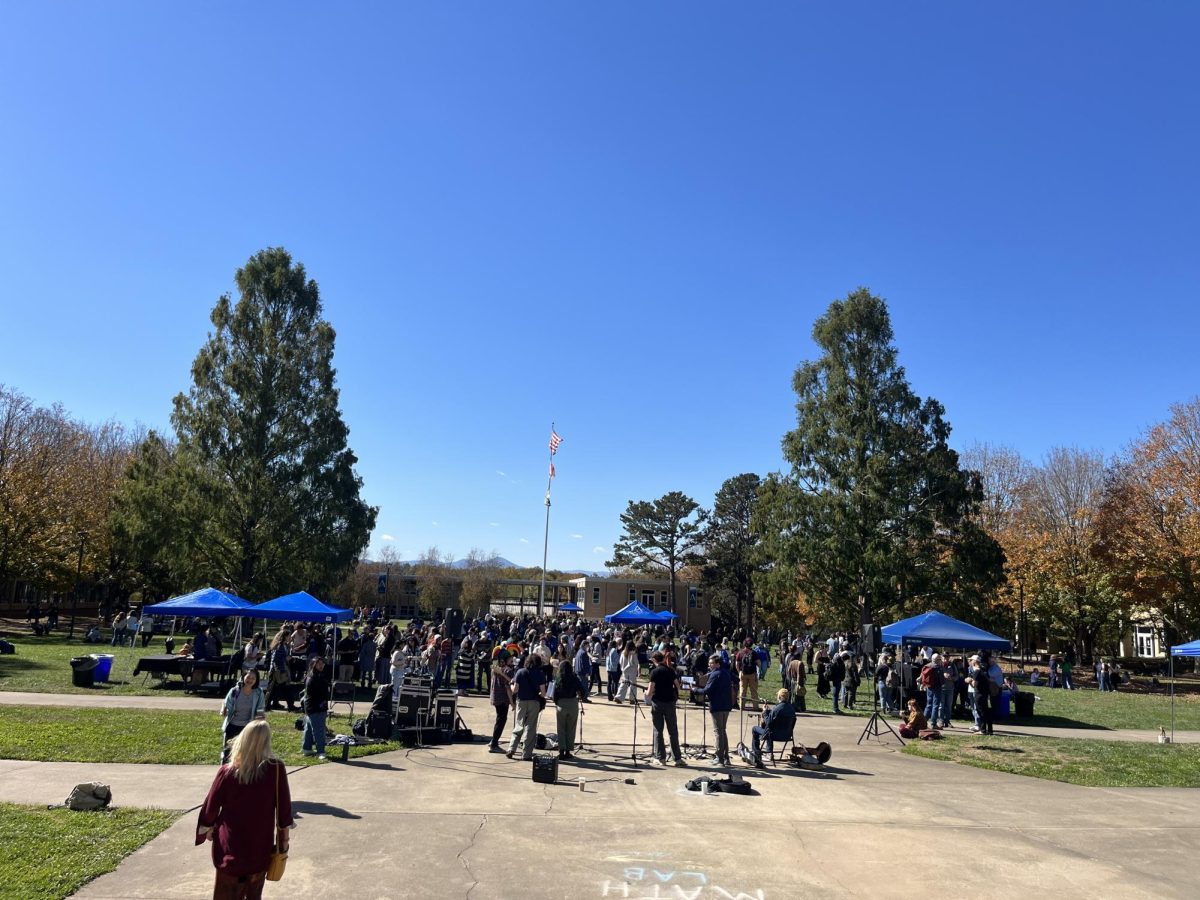
Brailey Sheridan
Copy Desk Chief
[email protected]
Incredulity toward Christine Blasey Ford’s accusation against Associate Supreme Court Justice Brett Kavanaugh shows how misinterpreted statistics about sexual assault discredit and perpetuate disbelief in survivors, prompting them to stay silent, experts say.
“We do not like talking about sexual traumas, partner trauma or child maltreatment. They are very hidden in our culture. We’re starting more and more to get additional information out and are having more of an impact in terms of what people know about them, but I think some of that comes from the fact of not wanting to acknowledge how often they happen,” said Laura Jones, assistant professor of health and wellness and expert on intimate partner violence.
According to the National Sexual Violence Resource Center, between 2 and 10 percent of sexual assault reports are false. This includes unfounded cases, which present false and baseless accusations. In a baseless report, officials assume the case to be truthful, but the incident does not meet the elements of a crime in the Uniform Crime Report.
“The statistics are a little funny on false accusations around sexual assault because of the way that people define false accusations,” Jones said. “They say it’s anywhere from 2 to 8 percent, but the higher range of that is inflated because they include things like delayed reporting or non-substantiating evidence for the assault.”
According to NSVRC, some reasons for an unfounded case include insufficient evidence to proceed to prosecution, victims deciding not to cooperate with investigators, inconsistencies in the victim’s statement and delayed reporting.
Often victims will delay reporting because of neurobiological and psychological responses to their assault, fear that reporting will harm their families, distrust of law enforcement and difficulty completing the forensic exam or rape kit, the NSVRC said.
“It doesn’t mean that the accusation was false, it just meant that they couldn’t find enough evidence to prosecute. Around 2 percent are false and that’s about the same percentage as other felonies,” Jones said.
Every 98 seconds an American falls victim to sexual assault, of those victims, only two out of three will report it, according to the Rape, Abuse & Incest National Network. Of the sexual violence crimes not reported between 2005 and 2010, victims claimed fear of retaliation and belief the police would not do anything to help and that the assault remains a personal matter.
“I think survivors put a lot of blame on themselves like, ‘I shouldn’t have been there,’ ‘I shouldn’t have been alone,’ ‘I shouldn’t have been wearing that,’ ‘I shouldn’t have been drinking.’ That’s some of the self-blame that is pretty common in some ways because of the rape culture and stereotypes in this, what are surrounding rape and sexual assault,” Jones said.
The fear of not being believed when they come forward remains another reason why victims do not report. When misinterpretation of the facts presents distorted statistics, some may believe survivors exaggerate or make up their stories more often than not, according to Jones.
“I think there’s a piece of ‘crying wolf,’ so to speak, of believing that individuals may be saying that things happen, but they weren’t ‘As bad as what they’re describing.’ Which presents unbelievable issues in terms of reporting and willingness to report and the shame that survivors feel who may never report,” Jones said. “I think some of it is we’ve been hearing a lot about shame and guilt, or the idea that ‘No one will believe me if I tell them.’
In high profile cases, such as Ford’s accusation against Kavanaugh, people may discredit survivor’s stories because they believe the perpetrator isn’t capable of committing such crimes, according to Jones.
“Around situations where someone may be very reputable in other areas of their life, it’s like, ‘No, but we know this person in this context. So, how could that person be responsible for this? They’re great and X, Y and Z,’ and so it’s kind of the idea of not recognizing that people can be multidimensional at times,” Jones said. “That just because someone is fantastic in other areas may not mean that they haven’t committed a sexual offense in some way.”
This disregard for the perpetrator’s crime puts a significant amount of blame on the victim, another reason why such a slim percentage of victims come forward and why so many cases go unfounded, said Shelby Stovall, healthy relationships focus group leader for PEPAH.
“We need to see individual’s experiences as their own and take them as reality. We need to call out those who participate in violent and coercive behaviors and set a common standard of intolerance that does not give support to those causing harm,” Stovall said.
According to RAINN, 11.2 percent of all undergraduate and graduate students experience rape or sexual assault through physical force, violence or incapacitation while in college. 20 percent of undergraduate women aged 18 to 24 do not report.
At UNC Asheville, Title IX receives about 52 sexual misconduct cases during the school year. Of those 52 last year, 10 were sexual assaults and four victims went through with reporting to authorities. Three of those cases found the perpetrator responsible and one remained unfounded, according to Jill Moffitt, associate chancellor for student affairs and Title IX administrator.
More than 50 percent of sexual assaults on college campuses happen in the months of August, September, October and November, RAINN said.
Since August, 12 sexual misconduct cases have been reported to Title IX, Moffitt said.
“We do sexual misconduct on a range, so that’s anything from sexual harassment all the way to sexual assault. I would say so far we probably have about 12 cases and of those 12, four are probably sexual assaults and the others would be some other form of sexual misconduct and the four are currently being investigated,” Moffitt said.
According to Moffitt, a report becomes unfounded if it does not constitute a policy violation at UNCA.
“If you look at our definition of consent and the ways in which we gauge that based on the facts that we have, it’s more often that a report would be unfounded in that we were not able to prove that it violated a policy,” Moffitt said. “We believe totally that it happened and we believe totally that there was an impact. We just could not get to the required standard of proof to say that a policy violation occurred. That’s usually what makes a report unfounded.”
According to Stovall, it remains important to support and believe victims, no matter when they report or how the statistics read.
“It’s crucial to remember that someone’s experience is their reality and there is absolutely no reason as to why we should question how someone else feels about what they experienced,” Stovall said. “Everyone has a right to autonomy, including what decisions they make and as a fellow human being, student on campus, or whatever affiliation you may hold, you should do nothing but support another in every decision they make.”

